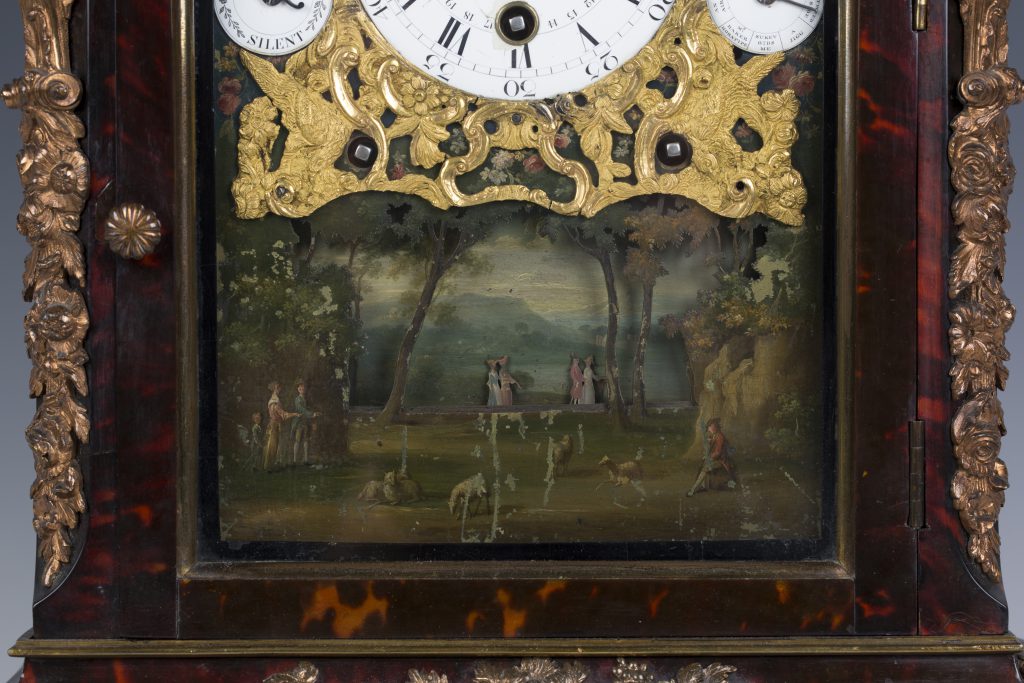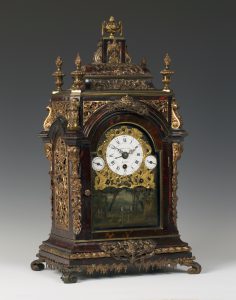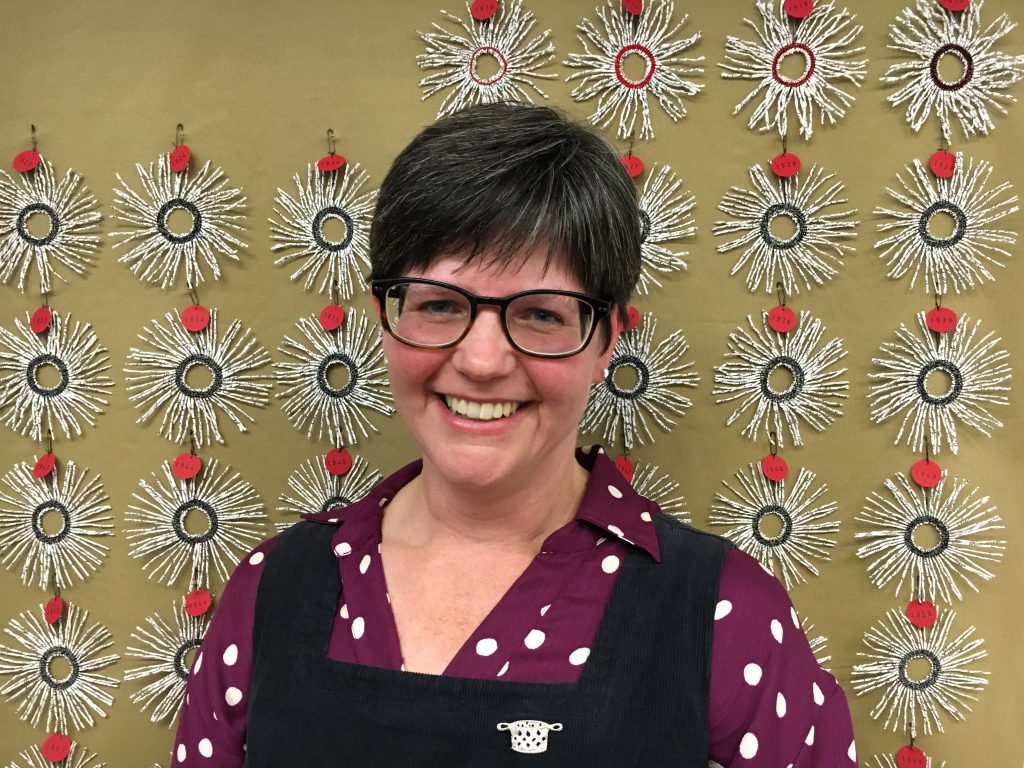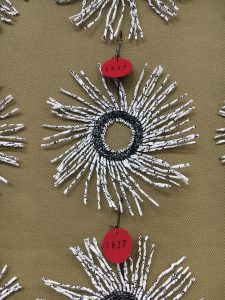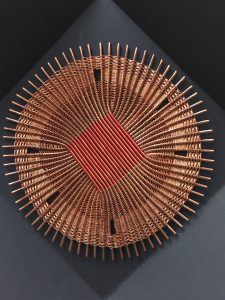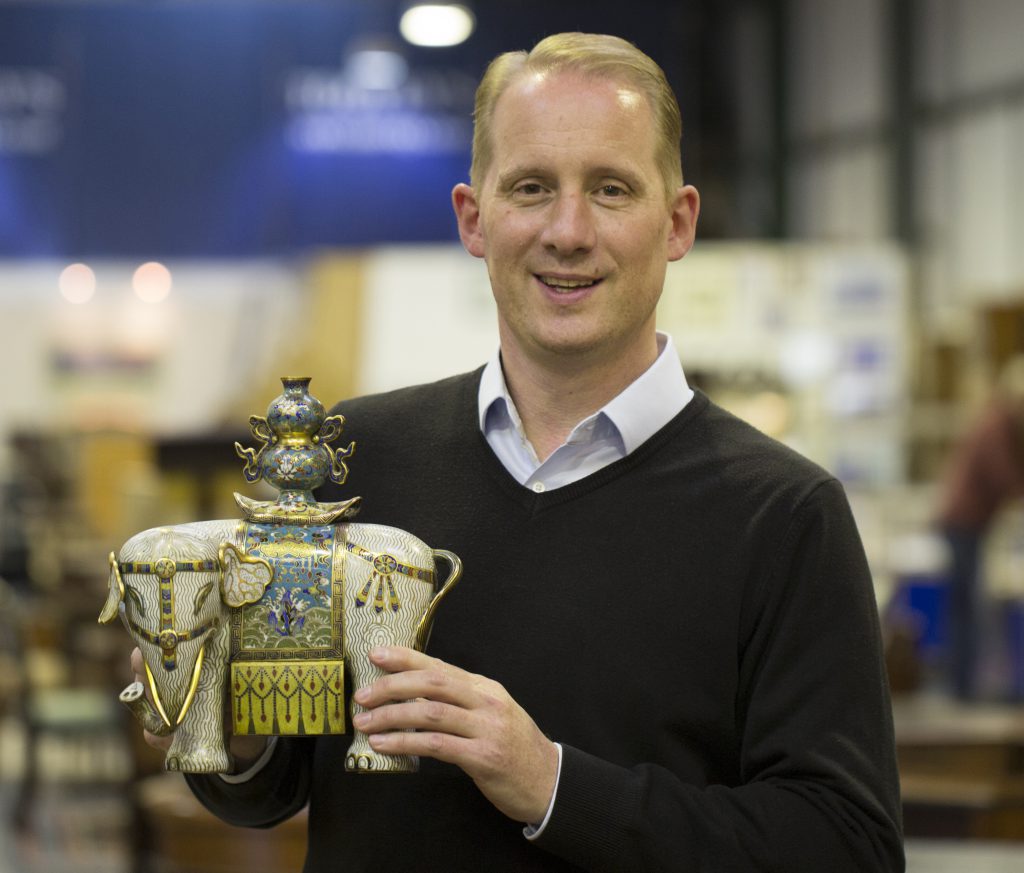
This week I am in the company of Toovey’s Director and Asian Art specialist, Tom Rowsell, who has just finished preparations for the sale of an important London single – owner collection of Asian Art.
I ask Tom how the collection looked in the collector’s London home and he replies “Many of the pieces were beautifully displayed around the house, but it was when I discovered and began to unpack boxes and go through the shelves in an upstairs room that the scale and importance of this collection became apparent. The collection had remained largely untouched for 40 or 50 years. The vast majority of the pieces are from the imperial Kangxi (1654-1722), Yongzheng (1723-1735) and Qianlong (1735-1796) periods of the late 17th and 18th centuries.”
Tom explains how today’s Chinese collectors are following in the tradition of the Qianlong emperor who was the last of the great imperial art collectors and patrons in Chinese history. His genuine passion for art and collecting seems to have been inspired by his grandfather, the Kangxi emperor (1654-1722), and his uncle Yinxi (1711-1758).
The Qianlong emperor was prolific in his collecting applying an exceptional personal connoisseurship. His collection would number more than a million objects.
The Qianlong emperor took a personal interest in porcelain production and was an ardent patron and collector of it. Many of the types of porcelain associated with the Qianlong emperor, however, were seeded under the Emperor Yongzheng’s supervisor of the imperial kilns at Jingdezhen, Tang Ying (1682-1756).
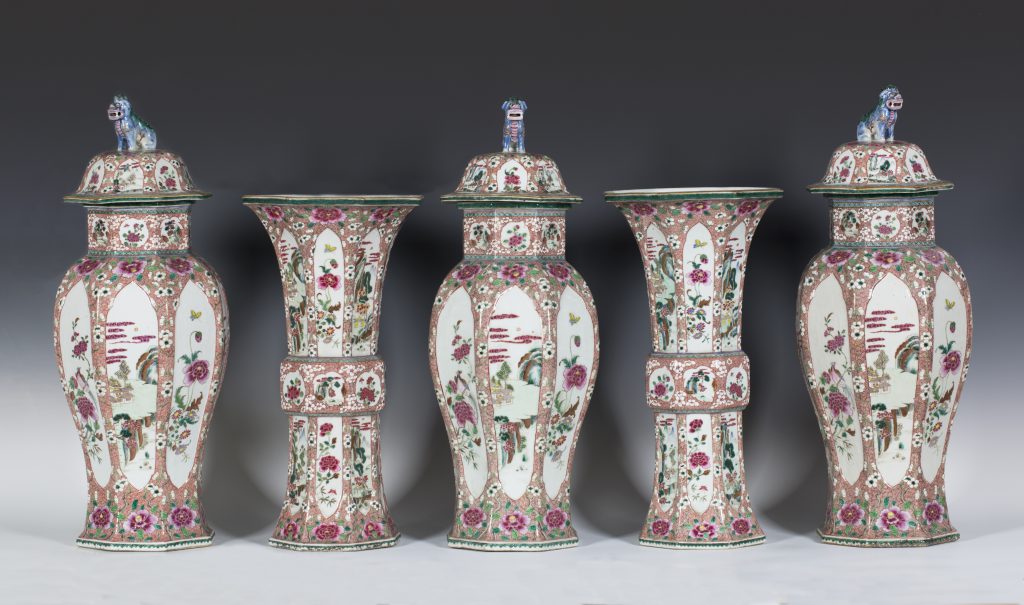
My eye is taken by a rare and beautiful garniture of five Chinese porcelain Yongzheng period vases. Tom comments “Yongzheng porcelain is known for the quality of its glazes, these vases are very fine quality. It’s very unusual to find a set of five still together in such remarkable condition. The finely enamelled decoration with its delicate flowers and landscapes has wonderful fresh colours. Look at the subtle, recessed panels with their moulded borders. Lovely details – these would have probably been made for an important European home.”
Tom continues “Toovey’s are one of a very small number of UK auctioneers with the ability to market online directly to mainland Chinese collectors through our working relationship with Epai Live, China’s largest mainland online auction platform for the marketing of art and antiques. This collection will certainly attract Chinese and overseas buyers as well as UK interest. We will be exhibiting the collection’s highlights at the international Asian Art Fair in London on the 4th November before it returns to Sussex to be sold.”
Today’s Chinese collectors are as passionate in their collecting as their imperial forebears and the market shows no signs of abating.
This important single owner collection will be auctioned at Toovey’s on Thursday 29th November 2018. If you would like advice on pieces in this collection or your Chinese objects Tom Rowsell can be contacted on 01903 891955, and visit www.tooveys.com to view the sale online from the 4th November.
